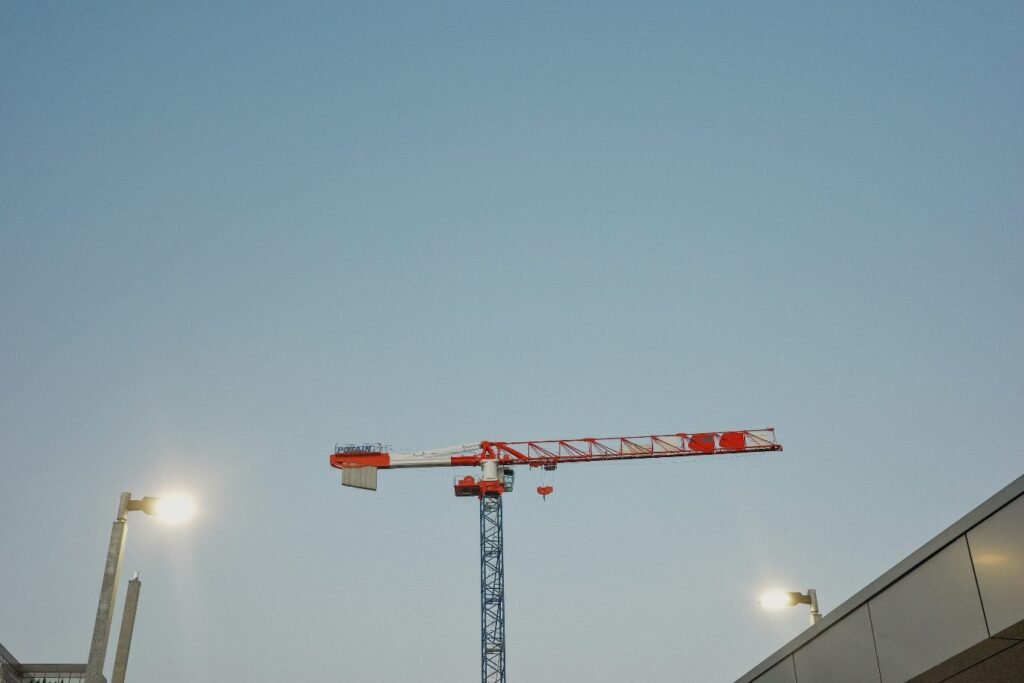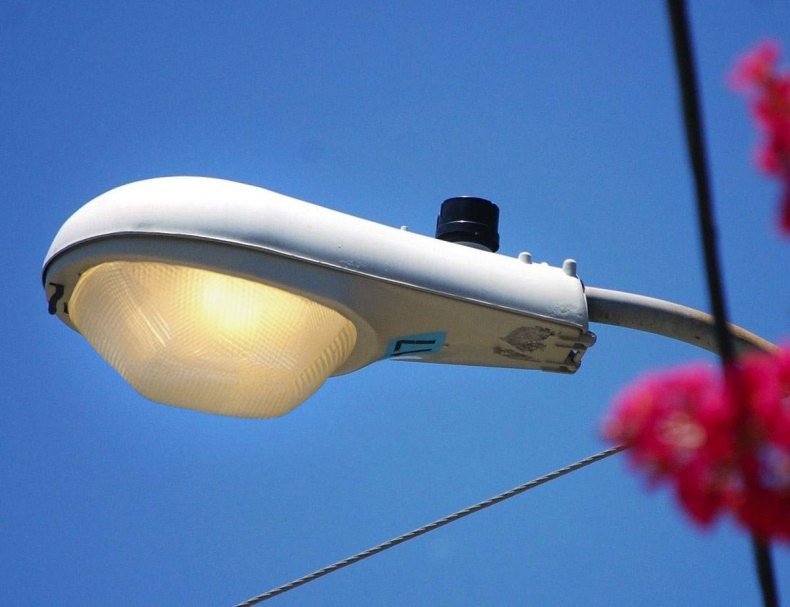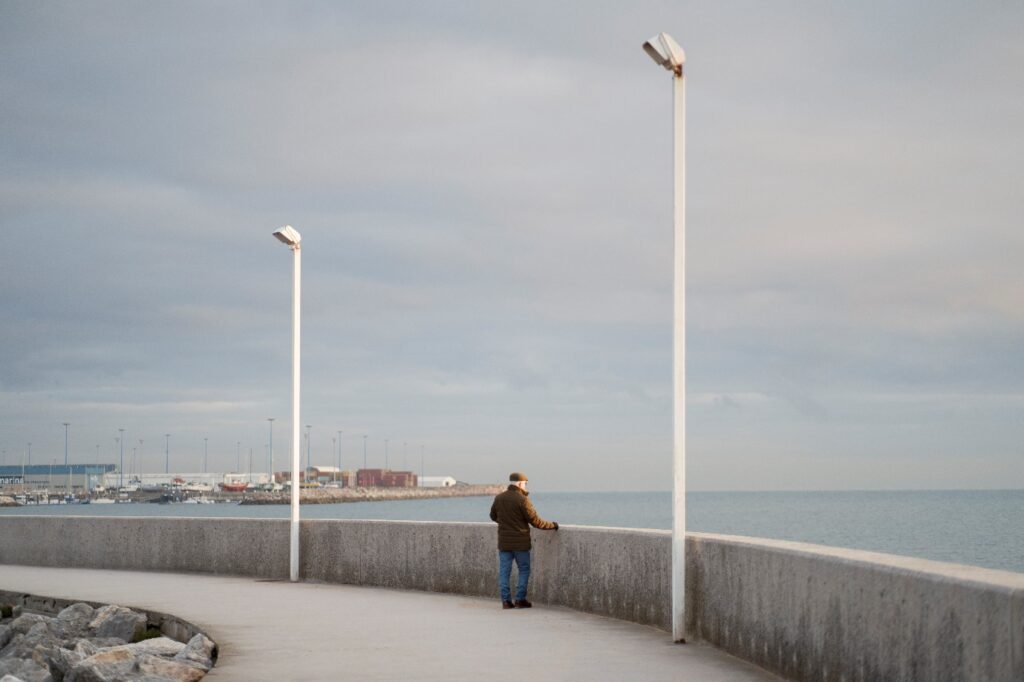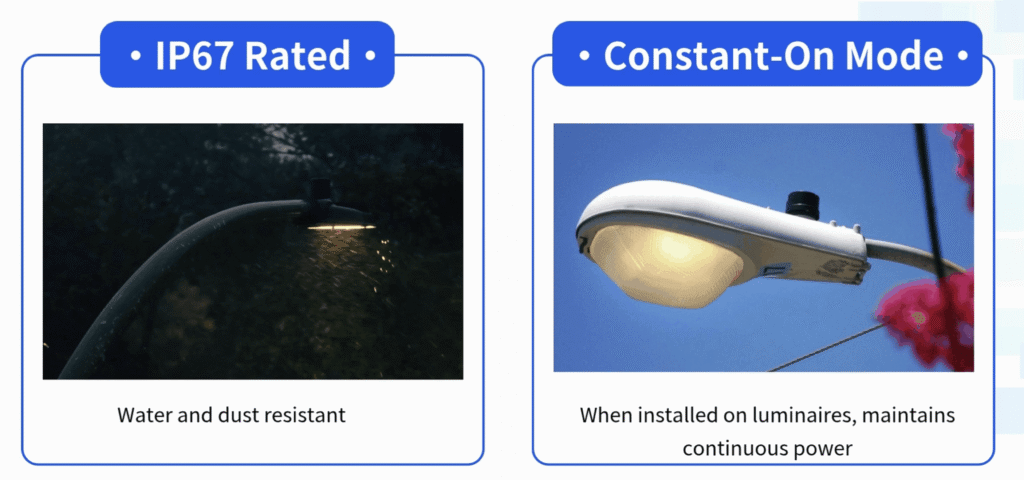Outdoor lighting plays a central role in construction zones, roadway projects, and municipal upgrades. It makes sure of worker safety while maintaining order in areas with public traffic. Still, in early phases of installation, the photocell sensors that manage dusk-to-dawn operation are not always in place or adjusted.
This gap raises a challenge: how can contractors guarantee reliable illumination when permanent systems aren’t ready? The answer lies in temporary lighting solutions, Using simple devices such as a photocell bypass or short-circuit caps, teams can keep lights functioning continuously, regardless of ambient conditions. These tools ensure that visibility, safety, and workflow are never compromised.
Challenges During Construction or Maintenance
Lighting challenges on active projects are not limited to wiring alone. They come from a mix of environmental, operational, and scheduling issues.
- Lack of Operational Sensors
During initial setup, fotocel sensors may not yet be installed. Even if they are present, they may require calibration. Without them, lights may turn off unexpectedly or fail to activate at dusk
- Flickering and Unpredictable Behavior
Short-term wiring setups or untested circuits mostly result in construction site LED fixtures flickering, because automated sensors misread these signals
- Testing and Troubleshooting Delays
Maintenance crews mostly need to test circuits in continuous load conditions. With active photocells, lights may switch on or off based on surrounding light rather than technical needs, slowing down diagnostic work
- Worker and Public Safety Concerns
Dim or non-functional lighting on construction sites raises the risk of accidents and security lapses. Enough lighting is a legal requirement in many jurisdictions
These challenges illustrate why temporary lighting strategies are a critical part of maintenance lighting planning.

How Temporary Solutions Work
At the core of these solutions are photocell bypass devices, commonly referred to as short-circuit caps.
- What They Do
A short-circuit cap is installed in place of a photocell on a streetlight or area light. Instead of sensing daylight, it creates a direct circuit connection, forcing the luminaire to remain “always on.” - Why This Helps
For project teams, this eliminates uncertainty. Lights remain consistently on during the day and night, providing reliable illumination for safety, testing, and progress checks.
Two Approaches to Temporary Lighting
- Manual Control
In some cases, crews may use manual switches or breakers. This allows workers to turn construction site LED fixtures on or off at will, giving immediate flexibility for critical tasks. - Automated Testing and Simulation
Short-circuit caps are invaluable for testing systems. They allow engineers to simulate continuous load conditions without waiting for dusk or artificially darkening the environment. This is especially useful during factory pre-tests or commissioning phases.
By combining these methods, contractors maintain predictable lighting while preparing the system for long-term automation.
Recommended Practices for Safety and Reliability
Temporary lighting is for filling gaps and not creating new risks. To get the perfect results, contractors and municipalities should follow a few best practices:
- Proper Installation
Always make sure that bypass devices are installed securely, following manufacturer instructions because loose connections can cause overheating or premature wear of drivers. - Monitor Energy Consumption
Since lights remain on continuously when using short-circuit caps, it’s important to track energy use. Overuse may exceed temporary power allocations, especially on construction sites with multiple fixtures. - Plan the Transition
Temporary setups should never become permanent. Project managers should create a clear schedule for removing bypass devices and activating photocells. Smooth transitions prevent dark gaps between phases. - Use Compliant Equipment
Choose bypass devices tested to ANSI C136.10 standards. These ensure compatibility with standard NEMA sockets and guarantee safe operation in field conditions. - Prioritize Worker Safety
Keep walkways and traffic routes fully illuminated. Lighting should never be compromised to save energy during active construction or maintenance work.
Practical Applications of Photocell Bypass
Bypassing sensors is not just a theoretical exercise; it is a routine requirement in many lighting projects.
- Commissioning New Streetlights
Engineers often keep fixtures continuously lit during setup to verify wiring, check connections, and test drivers. - Maintenance and Fault Diagnosis
If a fixture is not working, technicians may replace the photocell with a bypass cap to ensure the circuit itself is live. This speeds up troubleshooting. - Projects Without Photocell Needs
Certain environments, like tunnels, industrial zones, or secure facilities, require continuous lighting. Here, bypass devices are used as part of the long-term design. - Delays in Sensor Availability
If replacement photocells are delayed, temporary lighting solutions keep systems operational until parts arrive. - Factory Testing Before Shipment
Manufacturers frequently use bypass caps to confirm that all construction site LED fixtures are functioning before leaving the assembly line.
Comparing Photocells and Short-Circuit Caps
| Functie | Photocell Sensors | Short-Circuit Caps (Bypass) |
| Functie | Automatic dusk-to-dawn control | Keeps lights on continuously |
| Energie-efficiëntie | Saves energy by switching off during day | Consumes more energy (always on) |
| Best Use | Long-term outdoor lighting control | Temporary or special project scenarios |
| Safety Benefit | Reliable automation | Ensures light during sensor failure |
| Compliance Standard | ANSI C136.10 (NEMA sockets) | ANSI C136.10 (NEMA sockets) |


Why Photocell Bypass and Sensors Work Together
It’s important not to frame the debate as shorting cap vs photocell. These are not competitors, they are complementary.
- Photocells give long-term energy savings, automatic dusk-to-dawn operation, and compatibility with smart city networks.
- Short-circuit caps bring stability when sensors are missing, failing, or being adjusted.
Together, they ensure that temporary lighting solutions support progress without compromising the final automation design.
Conclusie
Every construction and maintenance project faces a transition period when permanent lighting controls are not ready. In these phases, photocell bypass devices such as short-circuit caps provide the reliability crews need. They ensure that workers have visibility, tests can be carried out smoothly, and projects meet safety requirements.
The best strategy is to use these tools temporarily and responsibly, then restore automated photocell functionality for long-term efficiency.
Bij Lood-Top, we offer a full range of temporary lighting solutions, from rugged short-circuit caps to high-quality construction site LED fixtures designed for outdoor environments. Our products follow global standards, confirming safe and cost-effective lighting in every stage of your project.
Contact Lead-Top today to learn how our solutions can simplify your next construction or maintenance lighting project.
Referenties:







